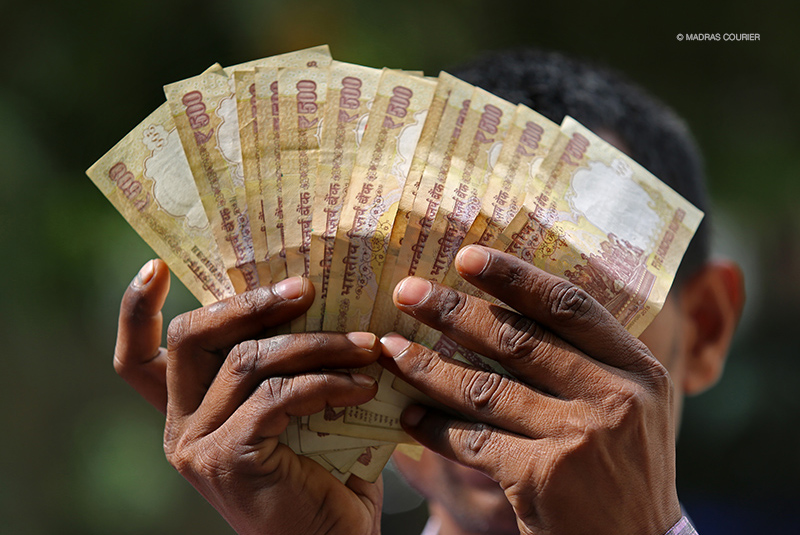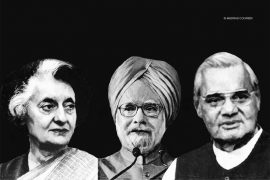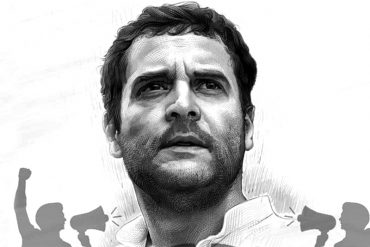As per Article 1 of the Indian Constitution, ‘India, that is Bharat, shall be a Union of States.’ Besides the twenty-eight (28) states and eight (8) Union Territories that constitute India, the country is a jigsaw puzzle of religions, languages, and cuisines.
Many have tried to simplify this complex land with reductionist notions of only two-Indias. Even this oversimplification leads to a conundrum. There are myriad two Indias—the rural-urban, north-south, Hindu-Muslim, employed-unemployed, veg-non-veg, Hindutva-liberal, rich-poor, majority-minority, lower-caste-upper-caste and so on.
There are, of course, ongoing additions to this notion of two-Indias, perhaps with further subcategories. Even in the billionaire India, there are two Indias; there is a split between the immodest simplicity of the Murthys and the intemperate extravagance of the Ambanis.
Narayana Murthy, the billionaire founder of Infosys, has been in the news recently with his call for a 70-hour workweek. His wife, Sudha Murthy, now a Member of Parliament in India, the ‘simple lady’ who carries her own cutlery on flights to avoid touching anything that may have touched non-vegetarian food, was also in the news for airing her bigotry.
On the other hand, Nita and Mukesh Ambani have also been in the news for flaunting their wealth—and the power that comes with it—during their son Anant’s pre-wedding bash. It is vulgarity at a scale that can hardly be comparable to anything in the world.
However, both stories make for great public consumption. They narrate stories that inspire India’s teeming millions who live in despicable poverty.
The Murthy saga epitomises an entrepreneur’s struggle in a pre-liberalised India. Narayana Murthy’s epic culminates in the success of Infosys. It offers an opportunity to polish his ‘Mr Clean’ image and present himself as the upholder of India’s business conscience.
Sudha Murthy, Narayana Murthy’s ‘dutiful wife’ who sacrificed her career, metamorphosed into that grandmother whose display of simplicity, modesty, literary genius and philanthropy occasionally escape into the public domain to cover up her bias.
On the other hand, Mukesh and Nita Ambani have a different story to tell. They are beneficiaries of an estate left by a ruthless first-generation businessman whose death interstate, when divided, left them with an enormous fortune.
When Reliance Industries was divided between his two sons, Mukesh and Anil, the former grew his business and wealth manifold while Anil filed for bankruptcy.
Mukesh’s wife, Nita Ambani, owns Mumbai Indians, a cricket team that plays in the Indian Premier League (IPL) and runs the Reliance Foundation. Her philanthropy was recently honoured with the ‘Beauty with a Purpose Humanitarian Award’ during the seventy-first ‘Miss World Finals’ held at the auditorium built by the Ambanis.
However, the ‘Beauty with a Purpose’ Award is usually presented annually to one of the Miss World participants; the 2024 award was given to Letitia Frota from Brazil. From what one sees online, Mukesh is awkwardly reticent and gamely plays along with Nita’s performances. Nita is presented as a caring patron who loves to perform for the well-being of humanity.
Thanks to India’s long feudal history, Indians are enamoured by the vulgar display of wealth and power. Unsurprisingly, there is a desire to emulate them. Ergo, the billionaire story sells very well, consumed by the millions who dream of somehow minting billions.
The stories of Murthy and Ambani help deconstruct the performative art of wealth and power. Irrespective of being understated or over the top, their performances provide tangible and intangible results for them.
While millions of India’s poor are enthralled by the PR stunts of billionaires, particularly with stories of ‘humanity’ and ‘simplicity,’ the real news in India is disconcerting.
As per research published in JAMA, India has the third highest number of zero-food children, i.e., children who haven’t eaten in 24 hours. This fact has, of course, been challenged by the Modi government.
However, there are other facts on which the Modi government chooses to remain silent. Unemployment is at an all-time high, so much so that Indian labourers are vying for jobs in Israel; graduates from institutions like the Indian Institute of Management (IIM) are unable to secure placements.
In response to an International Labour Organisation (ILO) report on worrying unemployment rates, V Anantha Nageswaran, the Chief Economic Advisor (CEA) to the Modi government, stated:
In the normal world, it is the commercial sector who needs to do the hiring.
Much like the aforementioned billionaires, Narendra Modi narrates a story – that he, who comes from a humble background, that of a Chai Wala, became a Prime Minister. He shares his knowledge with the country through his podcast Mann ki Baat; despite his questionable educational qualifications, he inspires students with his Exam pe Charcha; he showcases humility (only when needed) and bombards our screens and inboxes with endless stories of him working tirelessly.
Indeed, he works tirelessly to create his persona; he has a retinue of camera people capturing his every move. He is an expert at performative politics, indeed.
Not all Indians are as fortunate or hard-working as the Prime Minister. But there are umpteen ways in which policy interventions could bridge the chasm between the two-Indias. However, unfortunately, despite all the rhetoric, the rich are getting richer, and the poor are getting poorer. Their lives of India’s poor have been pushed into a state of disrepair, and the chasm has widened.
Yet, the government of the day chooses to look away from reality and focus only on the performative part of politics. For instance, responding to growing wealth disparity, Arvind Panagariya, appointed by Modi as the Chairman of the 16th Finance Commission, defended income inequality by simply stating that it is a non-issue and ‘does not resonate with the public.’ Note the words – ‘does not resonate with the public.’
Another worrying aspect is the increasing number of two-Indias. The country’s rich diversity was its strength, allowing citizens myriad social permutations and combinations, providing assured common ground. However, today, we present a bleak, bipolar world with no opportunities to find common ground. The concept of two Indias does not explain India as much as it suggests the threat to the idea of India.
-30-
Copyright©Madras Courier, All Rights Reserved. You may share using our article tools. Please don't cut articles from madrascourier.com and redistribute by email, post to the web, mobile phone or social media.Please send in your feed back and comments to editor@madrascourier.com











